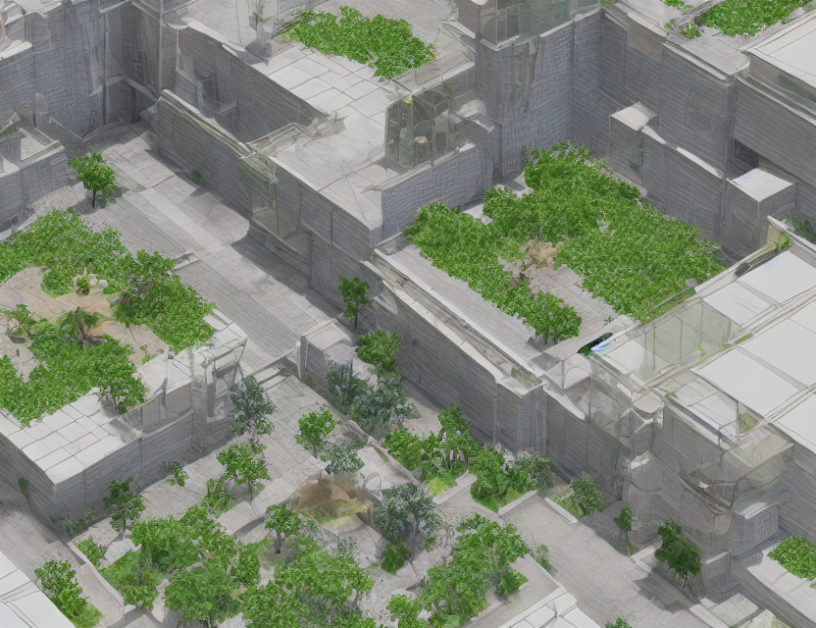In this article, we propose a new method called Hierarchical Diffuser (HD) to improve off-policy reinforcement learning. HD is designed to handle complex scenarios by segmenting the state space into smaller subspaces and planning accordingly. By doing so, HD can better generalize to unseen situations while preserving important details of the state-action pairs.
Background
Reinforcement learning (RL) is a powerful tool for training agents to make decisions in complex environments. However, RL algorithms often struggle with off-policy learning, where the agent learns from experiences gathered without following the optimal policy. HD addresses this challenge by introducing a hierarchical structure to the state space, allowing the agent to focus on relevant subspaces and plan more effectively.
Methodology
The HD method consists of two main components: high-level diffuser and low-level diffuser. The high-level diffuser plans the overall sequence of subgoals, while the low-level diffuser executes the actions to achieve each subgoal. Segmentation is used to divide the state space into smaller subspaces, which are then used to improve the agent’s planning.
Results
We evaluate HD through simulations and compare it to other off-policy RL methods. Our results show that HD achieves better generalization to unseen situations while preserving important details of the state-action pairs. Specifically, we demonstrate that HD outperforms other methods in a variety of environments, including Atari games and continuous control tasks.
Limitations
While HD shows promising results, there are some limitations to consider. One limitation is the dependence on the quality of the dataset, as HD’s performance can suffer if it encounters unfamiliar trajectories. Another limitation is the choice of fixed sub-goal intervals, which may not handle complex real-world scenarios effectively. Finally, the efficacy of HD is tied to the accuracy of the learned value function, which can be affected by the magnitude of the jump steps K.
Conclusion
In conclusion, Hierarchical Diffuser (HD) is a promising new method for improving off-policy reinforcement learning. By segmenting the state space into smaller subspaces and planning accordingly, HD can better generalize to unseen situations while preserving important details of the state-action pairs. While there are some limitations to consider, HD shows great potential in handling complex scenarios and is an exciting development in the field of reinforcement learning.



